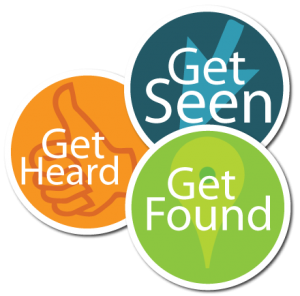 If you own your own massage practice, one of the challenges of keeping it going involves the need to periodically expand your client base. When your massage practice slips into a lull, and you find yourself wanting to reach out and find new clients, but you don’t have the money on hand to launch any sort of a big ad campaign, what do you do? Well, how about rather than spending the time and resources to go looking for new clients, you just connect with the clients who are looking for you?
If you own your own massage practice, one of the challenges of keeping it going involves the need to periodically expand your client base. When your massage practice slips into a lull, and you find yourself wanting to reach out and find new clients, but you don’t have the money on hand to launch any sort of a big ad campaign, what do you do? Well, how about rather than spending the time and resources to go looking for new clients, you just connect with the clients who are looking for you?
When most people are looking for a restaurant, a shop, or service, they look online. Search engines, like Google, Bing, and Yahoo offer up local business listings before the usual web results. These listings can include the location, phone number, the hours, links to reviews on sites like Yelp, and such. If you’ve been in business for a bit and your state business license is up to date, you’ll likely be able to see your listing just by searching. If your massage practice has a listing, but you’ve never done anything with it, you should see a link in there that says: “Claim this business.” Go ahead and click it. Once you have claimed your business, you’ll be able to be sure that the information shared with searchers is up-to-date and shows your practice in its best light. If you’d like to read up a bit on how business listings work with the search engines, Google, Bing, and Yahoo all offer easy step-by-step instructions.
Another place where you’ll be sure to want to claim your business is on Yelp. Yelp is the leading business review site, and has become the go-to resource for anyone vetting a new massage therapist, hair stylist, or great dinner spot. Also, by claiming your business on Yelp, you’ll also have the opportunity to ensure that the photos and information shared on your practice’s listing are current. All those options help you control the information about your business that is served up to potential new clients when they search online for a massage therapist. If you’d like to reach out in a more interactive way, you can set up a Facebook business page. Facebook allows you to reach out to existing clients who have liked your page, as well as easily create ads to reach beyond your current client base. (That part’s not free, so it might be for another day, but it is super-easy.) So, if you find that your massage practice is periodically in need of fresh clients, take just a few minutes to claim your business online so that potential clients in your area who are looking for what you have to offer can find you.

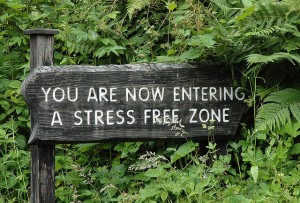 As massage therapists, we know that there really isn’t any firm boundary between mental or emotional stress and physical tension, so when we invite clients into our practice for treatment, we need to take care that our space is not only physically
As massage therapists, we know that there really isn’t any firm boundary between mental or emotional stress and physical tension, so when we invite clients into our practice for treatment, we need to take care that our space is not only physically 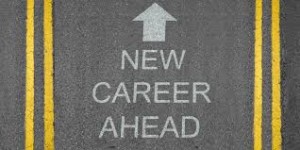 You’re approaching the end of massage school. Now what?! Where do you start? How do you spend your time prior to starting your fabulous, successful massage practice? It can feel daunting, for sure. Once your logistical concerns are taken care of (like choosing a space to practice, acquiring your massage & business licenses), you might still be feeling some overwhelm about being a ‘beginner.’
You’re approaching the end of massage school. Now what?! Where do you start? How do you spend your time prior to starting your fabulous, successful massage practice? It can feel daunting, for sure. Once your logistical concerns are taken care of (like choosing a space to practice, acquiring your massage & business licenses), you might still be feeling some overwhelm about being a ‘beginner.’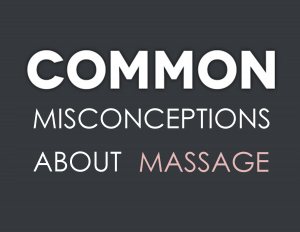 Many of us have had glowing reviews from clients, telling us that we’ve just given them the best massage of their life. And yet, even being the superhero healers we are, we still occasionally have those clients who end up complaining or telling others that we just didn’t quite get the job done for them. I think this results from common misconceptions that some clients have about massage:
Many of us have had glowing reviews from clients, telling us that we’ve just given them the best massage of their life. And yet, even being the superhero healers we are, we still occasionally have those clients who end up complaining or telling others that we just didn’t quite get the job done for them. I think this results from common misconceptions that some clients have about massage: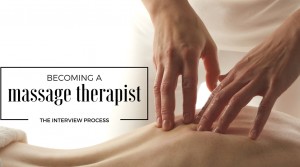 Unless we stay in private practice for our whole career, we all have to interview for a job. Some of us end up interviewing several times—when we switch jobs or relocate, to upgrade our income, etc. Wouldn’t it be nice if someone gave us the key to what employers are looking for that results in one massage therapist being hired and another turned away?
Unless we stay in private practice for our whole career, we all have to interview for a job. Some of us end up interviewing several times—when we switch jobs or relocate, to upgrade our income, etc. Wouldn’t it be nice if someone gave us the key to what employers are looking for that results in one massage therapist being hired and another turned away?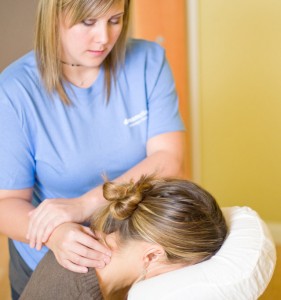 Like so many of my peers, I used to regard chair massage as nothing but an “introductory” technique that would allow clients to experience a bit of massage, after which they’d want to come to a spa or clinic where they’d get a longer “real” session. That was, until one day when I joined a group providing massage on-site at a large retail chain for both customers and floor staff.
Like so many of my peers, I used to regard chair massage as nothing but an “introductory” technique that would allow clients to experience a bit of massage, after which they’d want to come to a spa or clinic where they’d get a longer “real” session. That was, until one day when I joined a group providing massage on-site at a large retail chain for both customers and floor staff.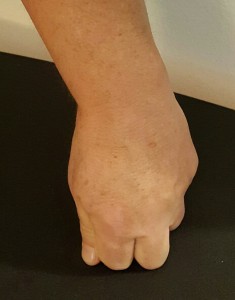
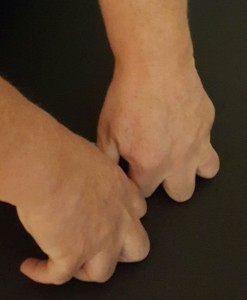
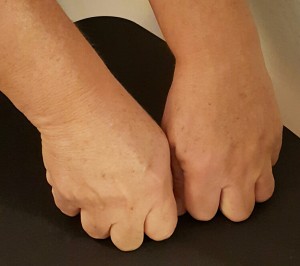
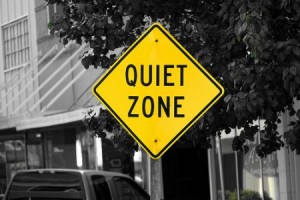 So, here’s an interesting conundrum: we all know to keep our conversation with clients to a minimum so they can have the most relaxing session, and yet, reports from those on the table abound of overly talkative therapists. No one wants to be a “Chatty Kathy,” but it happens.
So, here’s an interesting conundrum: we all know to keep our conversation with clients to a minimum so they can have the most relaxing session, and yet, reports from those on the table abound of overly talkative therapists. No one wants to be a “Chatty Kathy,” but it happens.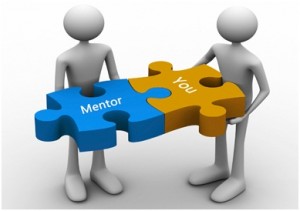 One of the best pieces of advice that I’ve heard many times over the years is that if you want to excel at something, you need to find someone who’s already succeeding at it, connect with them, and try to learn from them. In other words, you need to find a mentor—someone who can help you see what in your practice or technique you might not know, notice, or even think to look out for, in order to help you improve.
One of the best pieces of advice that I’ve heard many times over the years is that if you want to excel at something, you need to find someone who’s already succeeding at it, connect with them, and try to learn from them. In other words, you need to find a mentor—someone who can help you see what in your practice or technique you might not know, notice, or even think to look out for, in order to help you improve. There are some really great therapists who are super-effective at resolving the most complicated muscle conditions, and yet, they have trouble making a living. They struggle to keep their private practice going, or they end up going to work for an employer—possibly one who doesn’t pay them very well. So, how come that happens when their technique is so good?
There are some really great therapists who are super-effective at resolving the most complicated muscle conditions, and yet, they have trouble making a living. They struggle to keep their private practice going, or they end up going to work for an employer—possibly one who doesn’t pay them very well. So, how come that happens when their technique is so good?